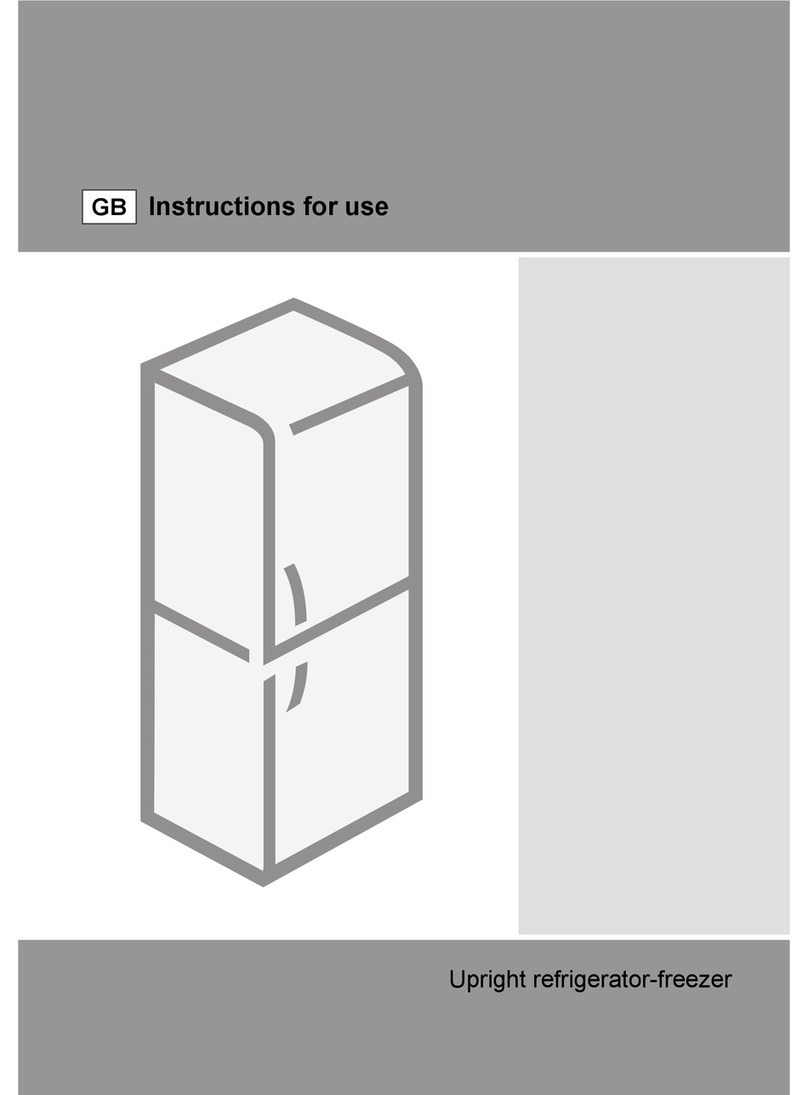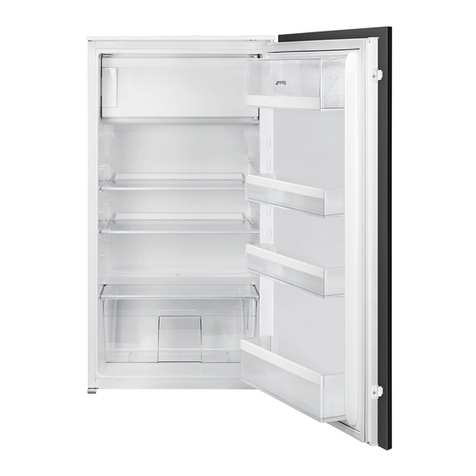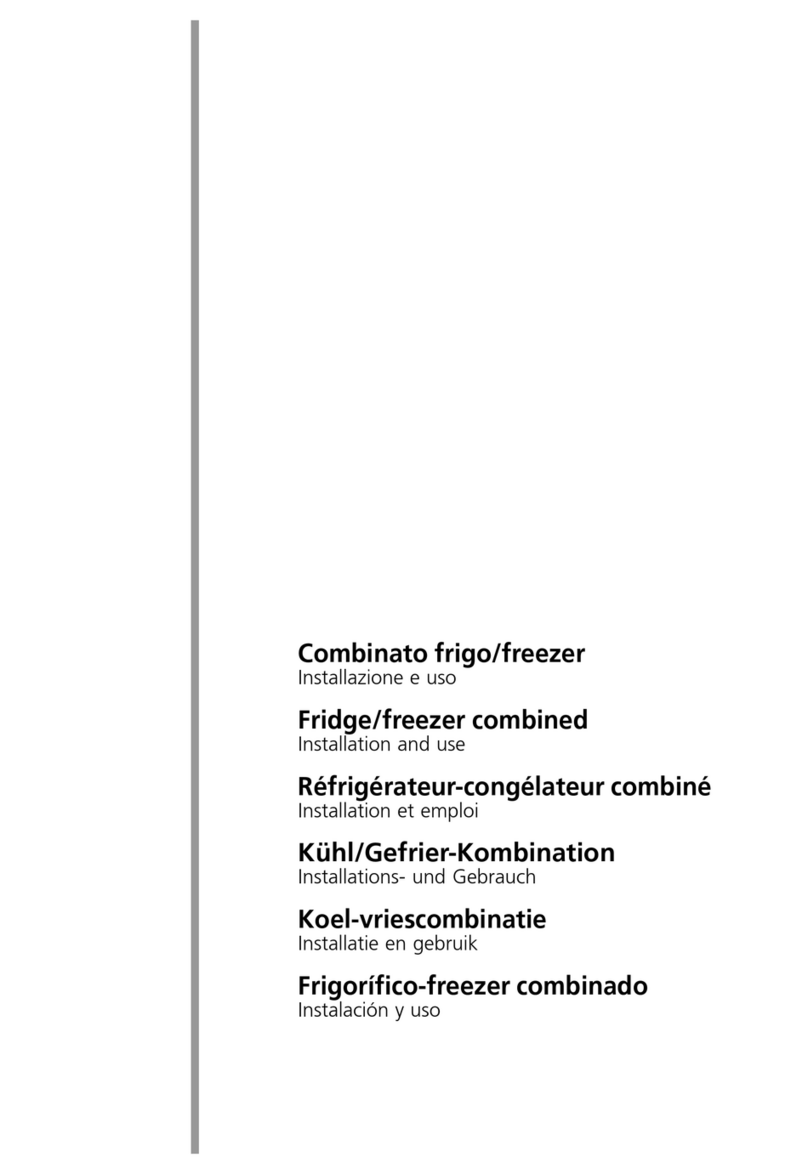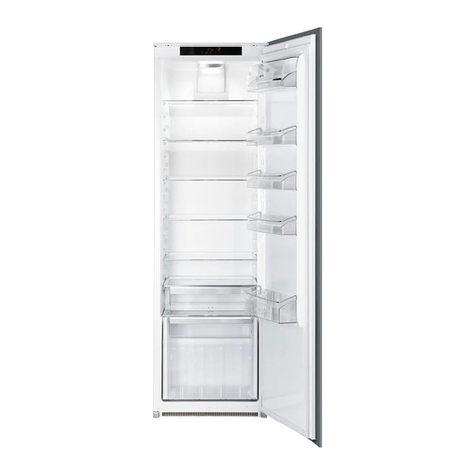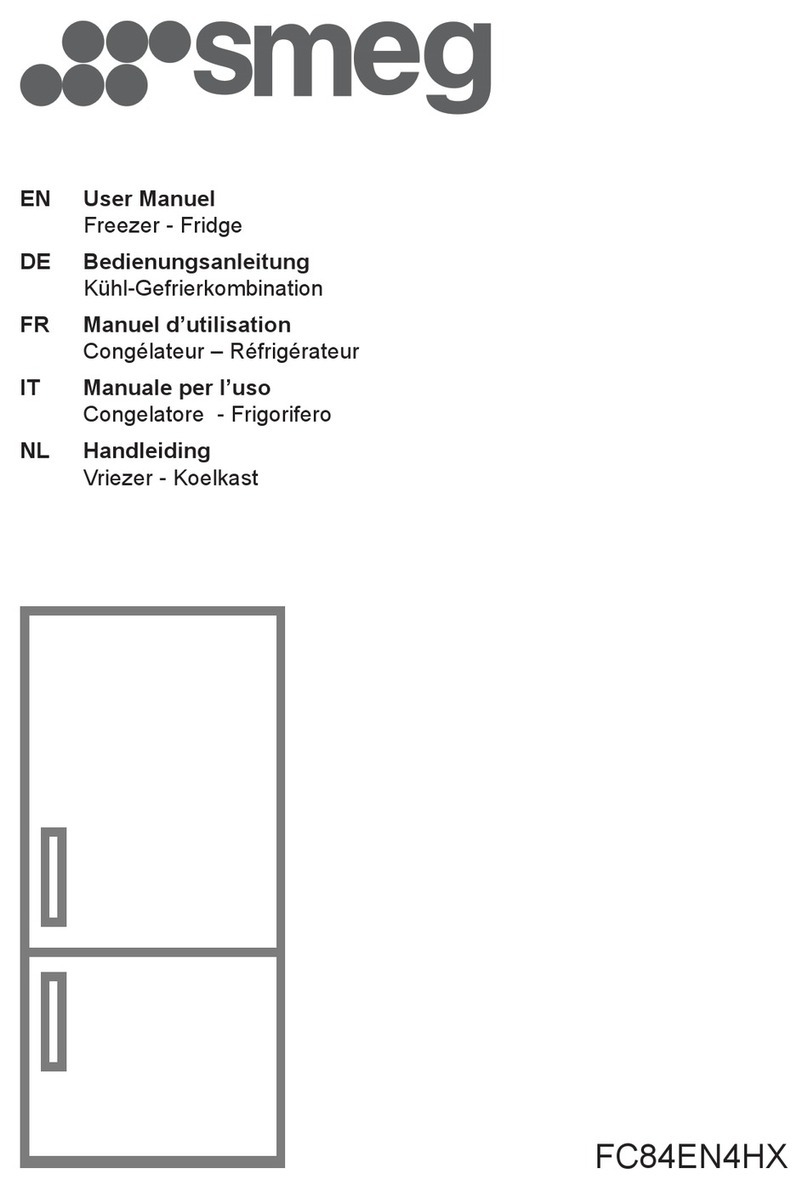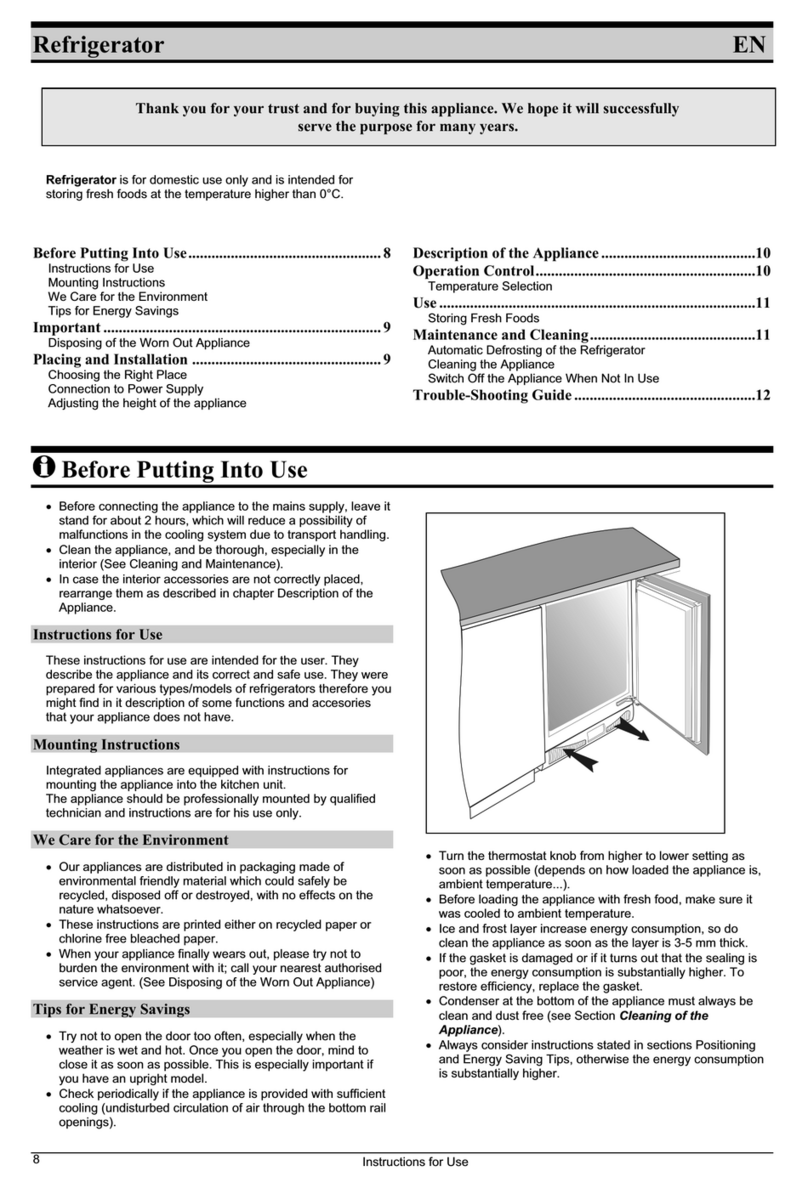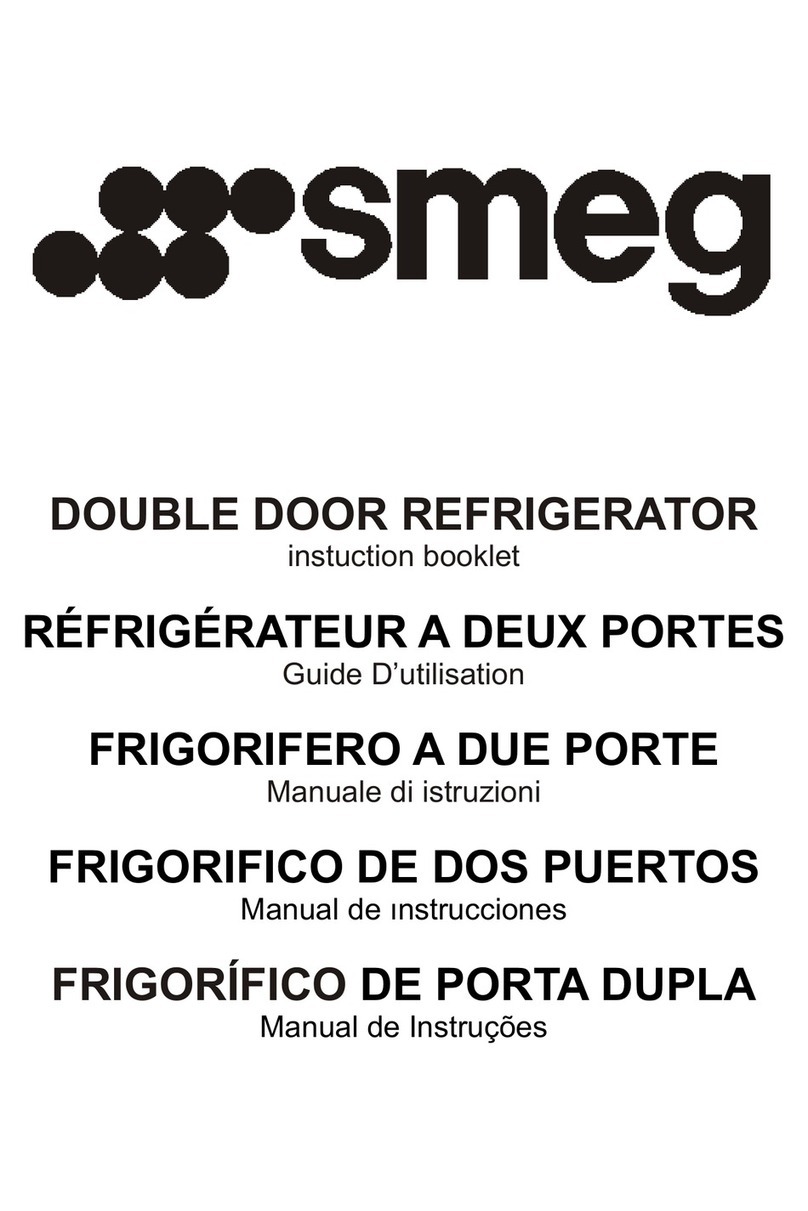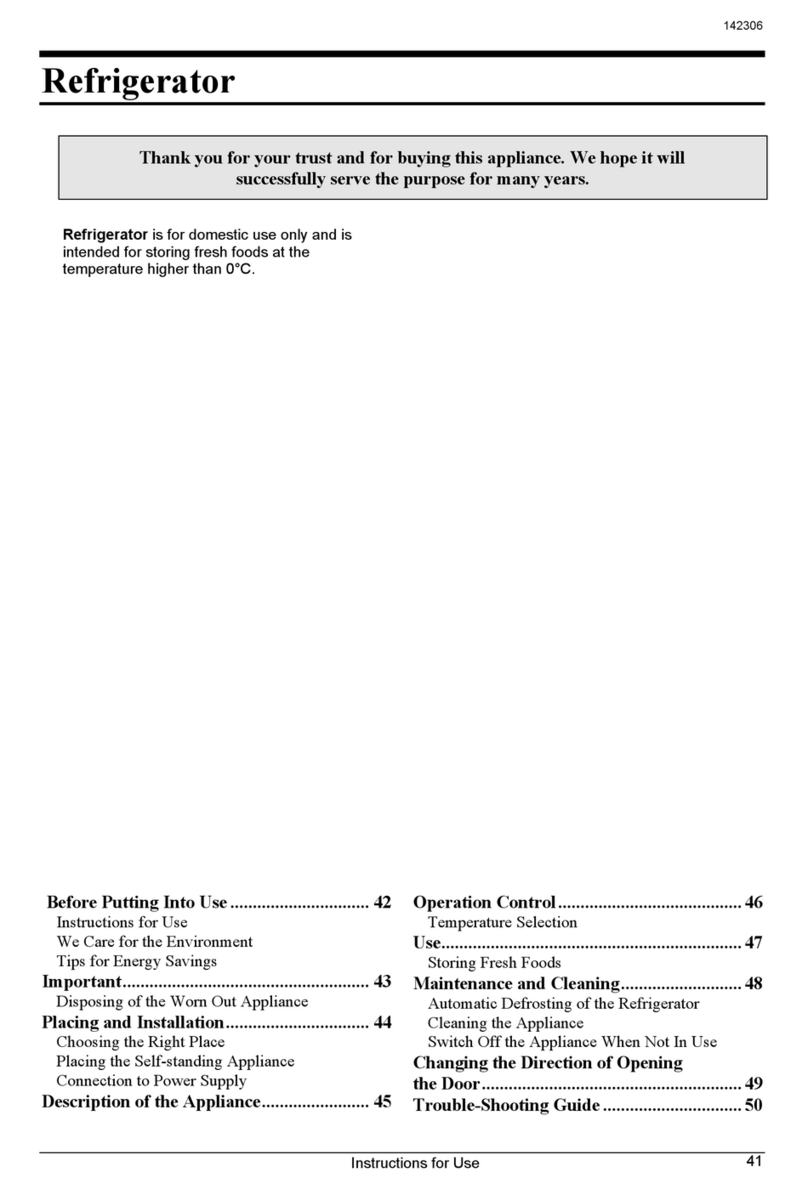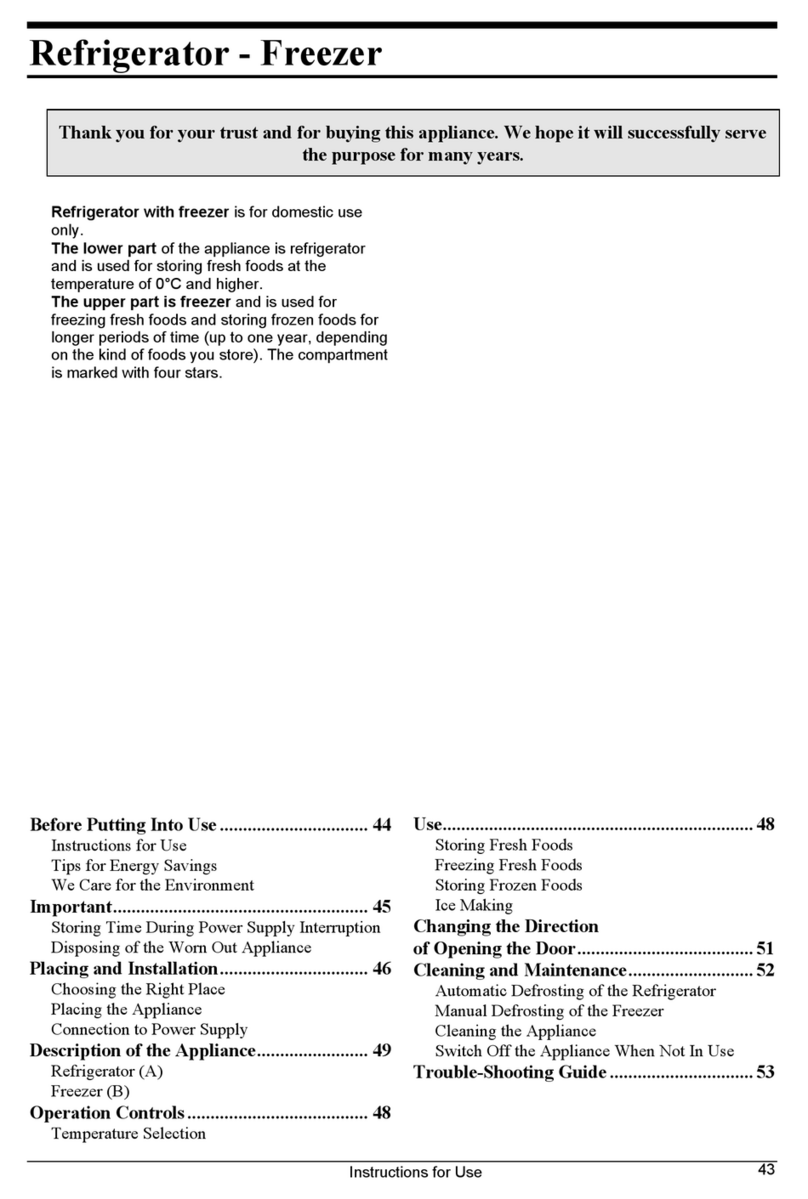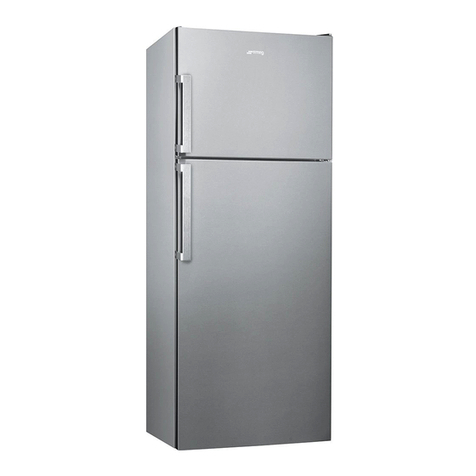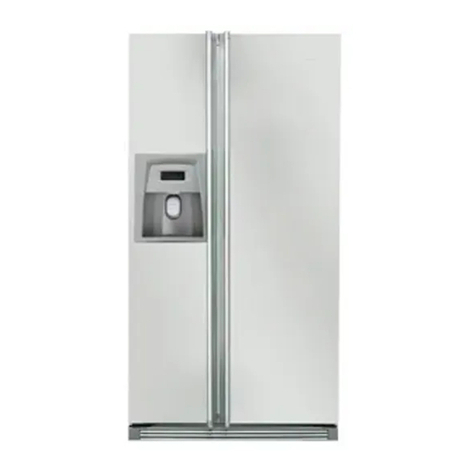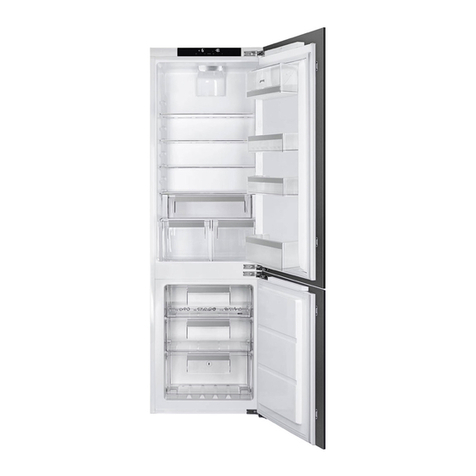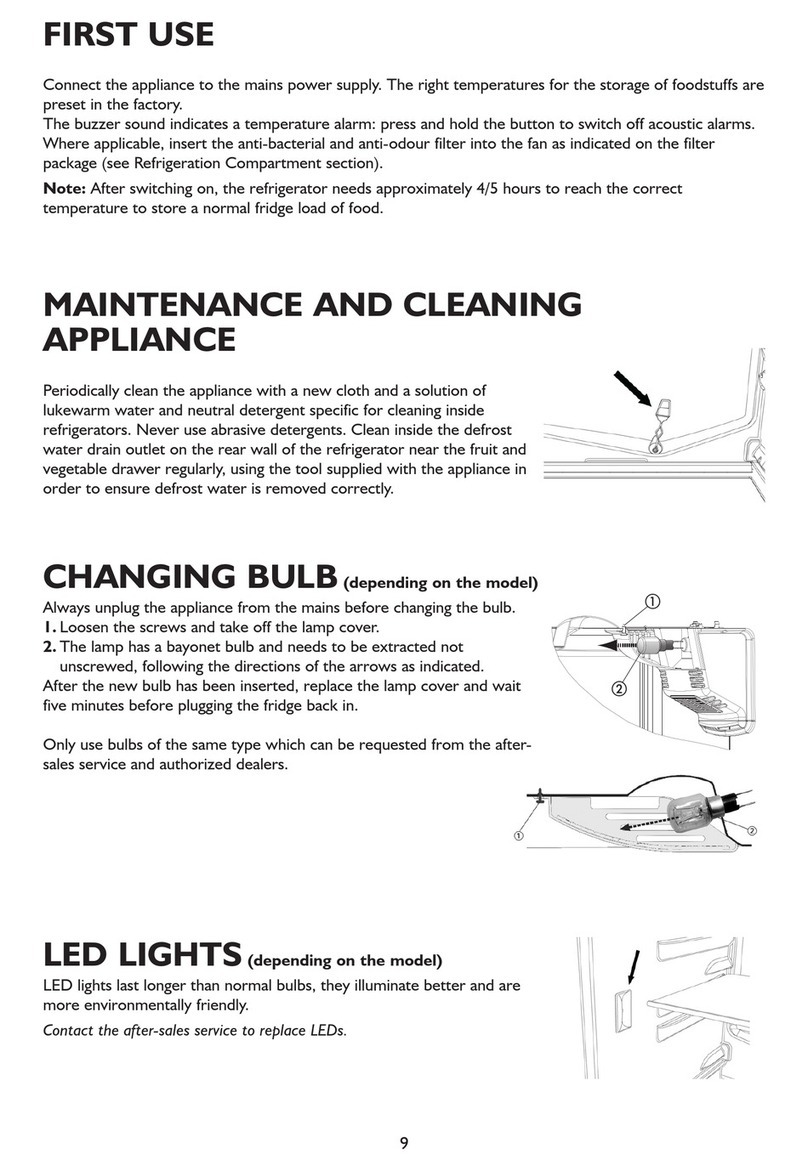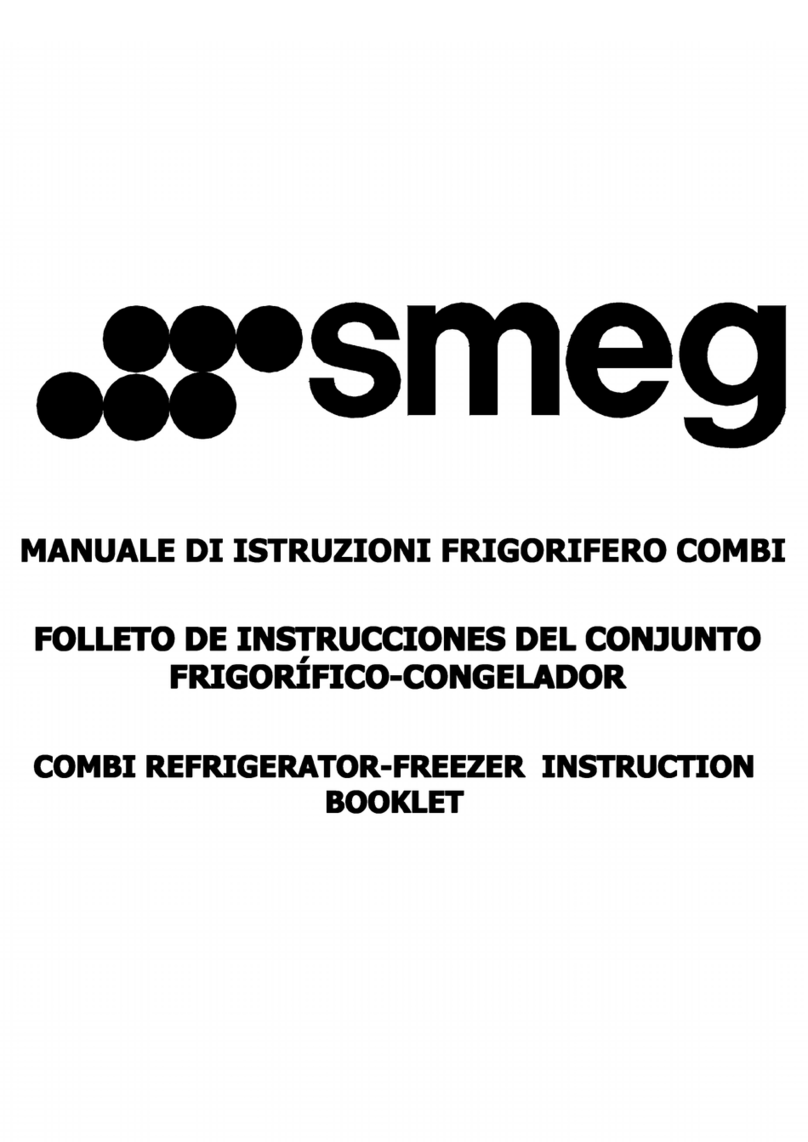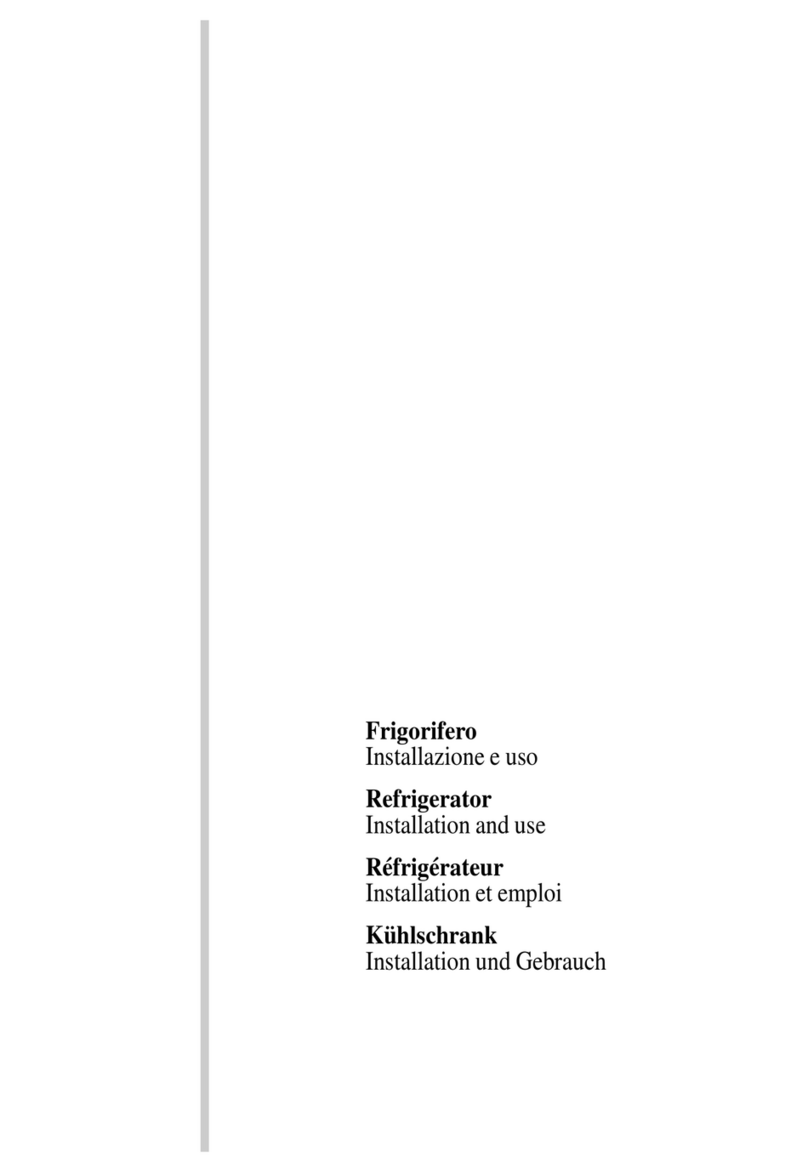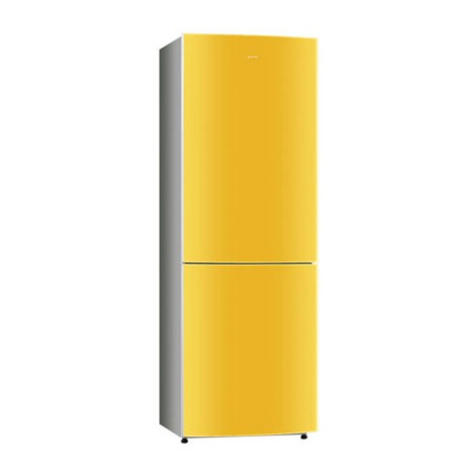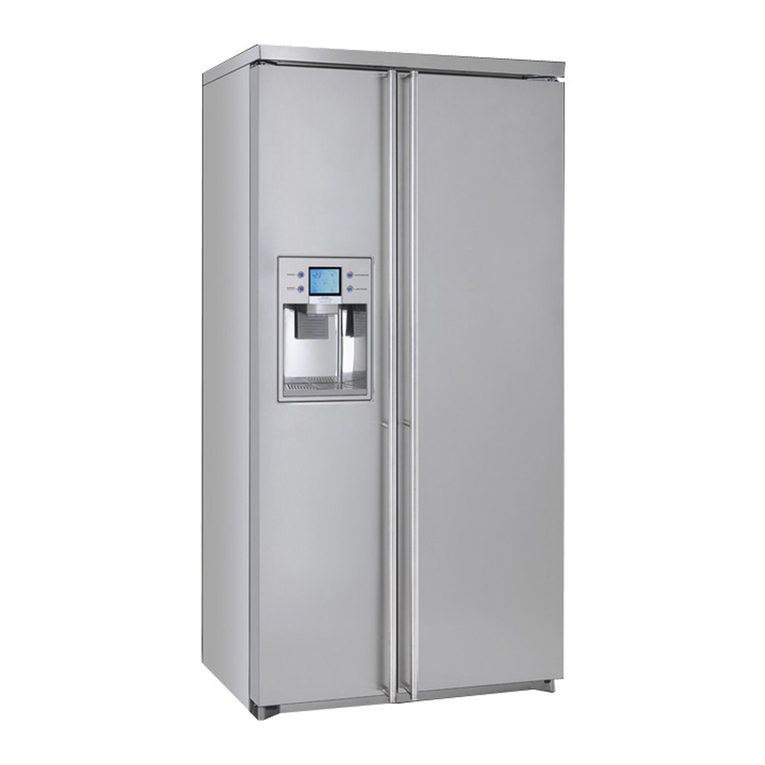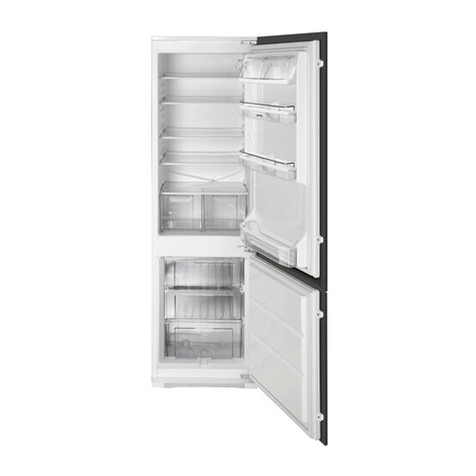
13
EN
Use
5.3.1 Freezer Temperature Settings
• The initial temperature value for the
freezer setting indicator is -3.2°F.
• Press the freezer set button once.
When you rst press the button, the
previous value will blink on the screen.
• Whenever you press the same but-
ton, a lower temperature will be set
(3.2°F; -0.4°F; -4°F; -7.5°F; -11°F).
• If you continue to press the button, it
will restart from 3.2°F.
NOTE: Eco mode gets ac-
tivated automatically when
the temperature of the freezer
compartment is set to -0.4°F.
5.3.2 Refrigerator Temperature
Settings
• The initial temperature value for
the refrigerator setting indicator is
+39°F.
• Press the refrigerator button once.
• Whenever you press the button, a
lower temperature will be set (+46°F,
+43°F, +41°F, +39°F, or +36°F).
• If you continue to press the button, it
will restart from +46°F.
5.3.3 Super Freeze Mode Purpose
To freeze a large quantity of food that
cannot t on the fast freeze shelf.
To freeze prepared foods.
To freeze fresh food quickly to retain
freshness.
How to use
To enable the super freeze mode, press
and hold the freezer temperature setting
button for 3 seconds. Once the super
freeze mode has been set, the super
freeze symbol on the indicator will be
lit and the machine will beep to conrm
the mode has been switched on.
During Super Freeze Mode:
• The temperature of the Refrigerator
may be adjusted. In this case, Super
Freeze mode will continue.
• Economy mode cannot be selected.
• Super Freeze mode can be can-
celled in the same way it is selected.
Notes:
• The maximum amount of fresh food
(in kilograms) that can be frozen
within 24 hours is shown on the
appliance label.
• For optimal appliance performance
in maximum freezer capacity,
activate super freeze mode 3 hours
before you put fresh food into the
freezer.
Super freeze mode will automat-
ically cancel after 24 hours or
when the freezer sensor tempera-
ture drops below -25.5°F.
